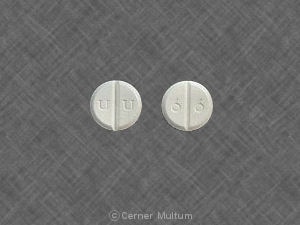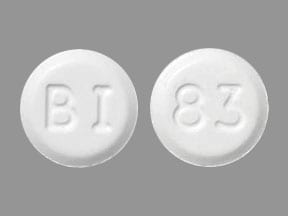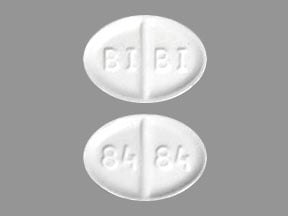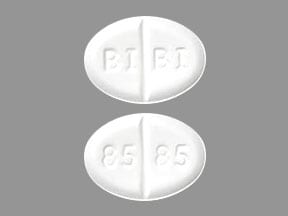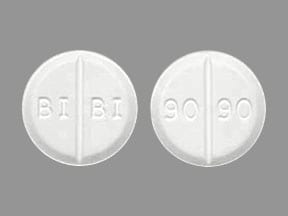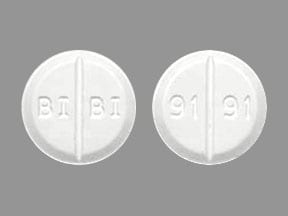What is Mirapex?
Mirapex is a prescription medicine used to treat:
- signs and symptoms of Parkinson's disease (PD)
- moderate to severe primary Restless Legs Syndrome (RLS)
It is not known if Mirapex is safe and effective in children.
What should I tell my healthcare provider before taking Mirapex?
Before taking Mirapex, tell your doctor if you:
- feel sleepy during the day from a sleep problem other than Restless Legs Syndrome
- have low blood pressure, or if you feel dizzy or faint, especially when getting up from sitting or lying down
- have trouble controlling your muscles (dyskinesia)
- have kidney problems
- drink alcohol. Alcohol can increase the chance that Mirapex will make you feel sleepy or fall asleep when you should be awake.
- have any other medical conditions
- are pregnant or plan to become pregnant. It is not known if Mirapex will harm your unborn baby.
- are breastfeeding or plan to breastfeed. It is not known if Mirapex passes into your breast milk. You and your doctor should decide if you will take Mirapex or breastfeed. You should not do both.
Tell your doctor about all the medicines you take, including prescription and non-prescription medicines, vitamins, and herbal supplements.
The combination of Mirapex and other medicines may affect each other and may cause side effects. Mirapex may affect the way other medicines work, and other medicines may affect how Mirapex works.
Especially tell your doctor if you take:
- medicines called neuroleptics (phenothiazines, butyrophenones, thioxanthenes) or metoclopramide. Mirapex may not work as well if you take these medicines.
- extended-release pramipexole (Mirapex ER). Pramipexole is the active ingredient in both Mirapex and Mirapex ER. If you are taking Mirapex ER, you should not take Mirapex.
- any other medicines that make you sleepy or may increase the effects of Mirapex, such as cimetidine (Tagamet).
Ask your doctor for a list of these medicines if you are not sure.
Know the medicines you take. Keep a list of them and show it to your doctor and pharmacist when you get a new medicine.
How should I take Mirapex?
- Take Mirapex exactly as your doctor tells you to take it.
- Your doctor will tell you how much Mirapex to take and when to take it. Do not take more or less Mirapex than your doctor tells you to.
- Your doctor may change your dose if needed.
- Mirapex can be taken with or without food. Taking Mirapex tablets with food may lower your chances of getting nausea.
- If you take more Mirapex than your doctor recommends, call your doctor or go to the nearest hospital emergency room right away.
- If you miss a dose, do not double your next dose. Skip the dose you missed and take your next regular dose.
- If you have Parkinson’s disease and your doctor tells you to stop taking Mirapex, you should stop Mirapex slowly as directed by your doctor. If you stop Mirapex too quickly you may have withdrawal symptoms such as:
- fever
- confusion
- severe muscle stiffness
Do not stop taking Mirapex without talking to your doctor.
What should I avoid while taking Mirapex?
- Do not drink alcohol while taking Mirapex. It can increase your chance of having serious side effects. See “What are the possible side effects of Mirapex?”
- Do not drive a car, operate a machine, or do other dangerous activities until you know how Mirapex affects you. Sleepiness caused by Mirapex can happen as late as 1 year after you start your treatment.
What are the possible side effects of Mirapex?
Mirapex may cause serious side effects, including:
- Falling asleep during normal daily activities. Mirapex may cause you to fall asleep while you are doing daily activities such as driving, talking with other people, or eating.
- Some people taking the medicine in Mirapex have had car accidents because they fell asleep while driving.
- Some patients did not feel sleepy before they fell asleep while driving. You could fall asleep without any warning.
Tell your doctor right away if you fall asleep while you are doing activities such as talking, eating, driving, or if you feel sleepier than normal for you.
- Low blood pressure when you sit or stand up quickly. You may have:
- dizziness
- nausea
- fainting
- sweating
Sit and stand up slowly after you have been sitting or lying down.
- Unusual urges. Some people who take certain medicines to treat Parkinson’s disease, including Mirapex, have reported problems, such as gambling, compulsive eating, compulsive buying, and increased sex drive.
If you or your family members notice that you are developing unusual urges or behaviors, talk to your doctor. - Hallucinations and other psychotic-like behavior (seeing visions, hearing sounds or feeling sensations that are not real, confusion, excessive suspicion, aggressive behavior, agitation, delusional beliefs, disorganized thinking). The chances of having hallucinations and other psychotic-like changes are higher if you are elderly (age 65 or older).
If you have hallucinations or other psychotic-like changes, talk with your doctor right away. - Uncontrolled sudden movements (dyskinesia). If you have new dyskinesia or your existing dyskinesia gets worse tell your doctor.
- Posture changes. Talk with your doctor if you have posture changes you cannot control. These may include your neck bending forward, bending forward at the waist, or tilting sideways when you sit, stand, or walk.
The most common side effects in people taking Mirapex for Restless Legs Syndrome are nausea and headache.
The most common side effects in people taking Mirapex for Parkinson’s disease are:
- nausea
- dizziness
- insomnia
- constipation
- muscle weakness
- abnormal dreams
- confusion
- memory problems (amnesia)
- urinating more often than normal
These are not all the possible side effects of Mirapex. Tell your doctor if you have any side effect that bothers you.
Call your doctor for medical advice about side effects. You may report side effects to FDA at 1-800-FDA-1088.
Mirapex Images
General information about the safe and effective use of Mirapex
Medicines are sometimes prescribed for purposes other than those listed in a patient information leaflet. Do not use Mirapex for a condition for which it was not prescribed. Do not give Mirapex to other people, even if they have the same symptoms that you have. It may harm them.
This patient information guide summarizes the most important information about Mirapex. If you would like more information, talk with your doctor. You can ask your pharmacist or doctor for information about Mirapex that is written for healthcare professionals.
For current Prescribing Information you may also call Boehringer Ingelheim Pharmaceuticals, Inc. at 1-800-542-6257 or 1-800-459-9906 TTY.
How should I store Mirapex?
- Store Mirapex at room temperature from 68ºF to 77ºF (20ºC to 25ºC).
- Keep Mirapex out of the light.
- Keep Mirapex and all medicines out of the reach of children.
What are the ingredients in Mirapex?
Active Ingredient: pramipexole dihydrochloride monohydrate
Inactive Ingredients: mannitol, corn starch, colloidal silicon dioxide, povidone, and magnesium stearate

